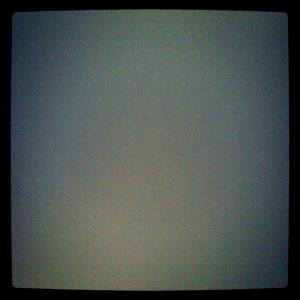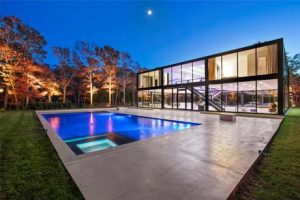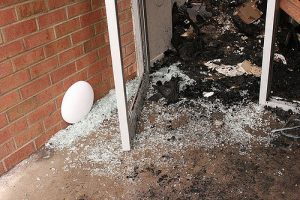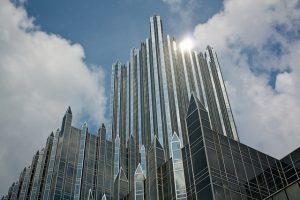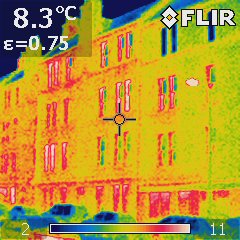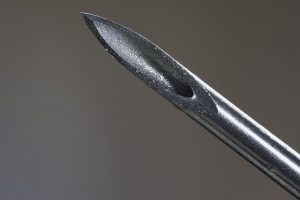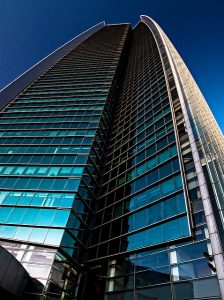New film can make any glass “smart”
The Texas researchers collaborated with scientists in France and Spain to create the material. The material, which contains niobium oxide, is about twice as efficient as conventional smart windows. The film is classified as an amorphous structure, which means that its atoms do not ordinarily arrange in a typical crystalline structure.
Conventional materials adopt a uniform, crystalline structure that is replicated throughout the material. Amorphous materials, on the other hand, contain local arrangements of atoms that differ based on the material. Amorphous materials created at high temperatures tend to arrange themselves in dense, three-dimensional bonds. The researchers were able to determine that the new material, which is formed at lower temperatures, does not have the dense 3-D structure, but rather has a linear structure that allows ions to flow more freely through the material. The discovery provided enough information to predict the behavior of the new material and allow the other team members to create it.
The arrangement of atoms in amorphous structures determines what the materials can do. The researchers can use the technique to predict the behavior of other amorphous materials and optimize their performance. The researchers are now focusing on creating a low-temperature flexible material using the new compounds that performs as well as or better than conventional electrochromic materials. Being able to mass-produce the material at low temperatures will simplify the manufacturing process and make it both readily available and affordable.
Glassprimer™ glass paint is a specialized glass coating that bonds permanently to glass surfaces. GlassPrimer also makes a glass surface molecular activator that is designed to work with UV-inkjet glass printing processes. For more information about Glassprimer™ glass paint, please visit the rest of our site. If you’d like to purchase Glassprimer™ glass paint, please visit our online store .
Photo Credit: Matt Taylor, via Flickr.com

